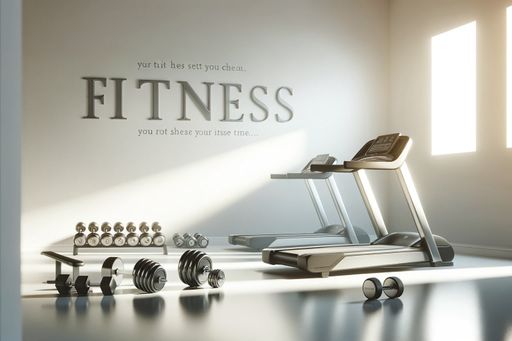What Good Is a 5-Minute Workout, Really?
Short bursts of exercise might provide some benefits, but don’t cancel your gym membership just yet.

The Evidence for Micro-Workouts
A growing body of research suggests that micro-workouts, which involve short bursts of exercise, can improve fitness, prevent disease, and extend one's life. These activities, such as stair-climbing or sprints on an exercise bike, can be easily incorporated into one's schedule. However, while they offer benefits, some scientists caution against viewing them as a replacement for traditional workouts.
The concept of micro-workouts builds on the research into high-intensity interval training (HIIT), which involves short bursts of intense exercise interspersed with rest periods. HIIT workouts have been shown to deliver many of the same benefits as moderate-intensity exercise but in less time. Researchers wondered if this principle could be applied to micro-workouts that are scattered throughout the day with hours of rest in between.
Small lab studies have shown promising results for micro-workouts. For example, one study had participants dash up three flights of stairs three times a day for six weeks. The participants saw a five percent improvement in aerobic fitness. Another study found that just one to two minutes of vigorous movement three times a day was associated with a 40 percent lower risk of dying and a 50 percent lower risk of dying from cardiovascular disease. However, these studies cannot prove cause and effect.
Why Some Scientists Are Skeptical
While micro-workouts offer some benefits, there are reasons to be skeptical. The short bursts of exercise may not create major health improvements, especially bursts as short as 20 seconds. The benefits of HIIT workouts may also be inflated, as most lab studies are small and may not capture important factors like intensity. Additionally, intense exercise can raise the risk of sudden heart problems in certain individuals, so it's important to consult with a doctor before engaging in strenuous activity.
Furthermore, micro-workouts may not be a sufficient motivator for exercise. Time restraints are not always the primary barrier to exercise; lack of enjoyment is often a significant factor. Intense workouts can be more unpleasant than moderate ones, which may deter individuals from sticking to a fitness routine.
The Bottom Line
Micro-workouts can provide some benefit, especially for those with limited time or sedentary lifestyles. However, decades of research support the health benefits of accumulating around 150 minutes of moderate activity or 75 minutes of vigorous movement per week. It is not recommended to replace other forms of exercise with micro-workouts, especially if you enjoy those activities. Ongoing research will continue to determine the optimal dose and intensity of micro-workouts for meaningful changes in health.



